Cityscape
Sustainability like something out of a picture book
Even though Hamburg serves all facets of sustainability, let’s start with the most obvious one: the green nature in the cityscape. According to Travel Bird’s Green City Index, Hamburg is one of the ten greenest cities in Europe, with 114 sqm of green space per inhabitant. 44.5% of the city’s area is forest, green or recreational space, nature reserves or protected landscapes. Hamburg has over 35 nature reserves, which cover almost 9 % of the city’s area.
Another special feature is that Hamburg is a “city of short distances”, where you don’t necessarily have to rely on a car, but can simply use a bicycle. This is also where the “green network” comes into play – various green axes running through the city and local recreation in the countryside just a few minutes away. For a harbour metropolis, those are pretty neat facts, aren’t they? By the way, we are not the only ones who think so – time and again we hear voices from guests from near and far who are enthusiastic about the “green city” of Hamburg.
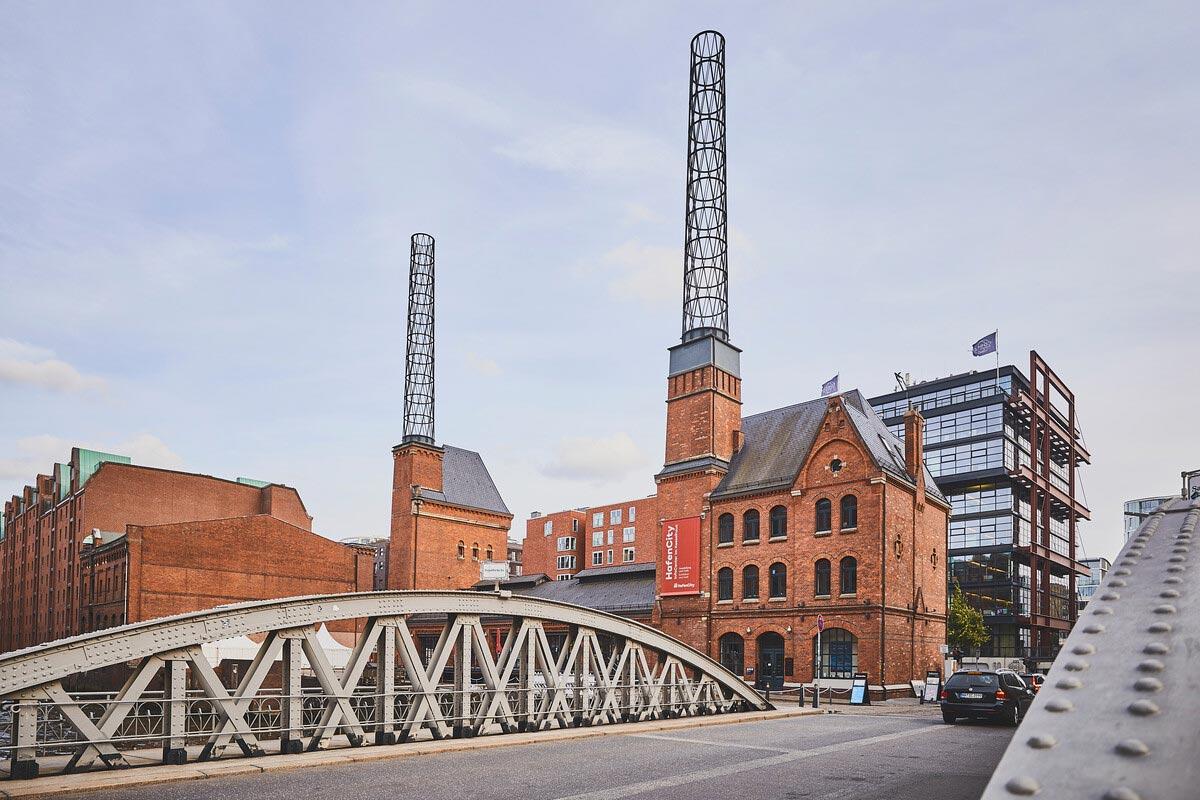
But the cityscape is also characterised by other sustainable aspects. Starting with HafenCity, which borders directly on Speicherstadt, the fairly young district is a kind of laboratory for sustainable architecture. It would go beyond the scope of this article to go into great depth, but allow us a few keywords: HafenCity has its own eco-label, among other things, with which the buildings are awarded. For example, due to their high energy efficiency, the certified buildings have lower operating and maintenance costs and thus advantages when renting and selling – and of course for the environment.
All HafenCity buildings are also connected to two district heating networks that guarantee green thermal energy. HafenCity is also a pioneer in the field of smart mobility. The declared aim of focusing on public transport, walking and cycling is to reduce the use of private cars and thus to enhance the quality of the urban environment. If you would like to learn more, you can find information directly at HafenCity.
An important point in the topic of sustainability is the re-use of urban spaces.
Three buildings visible from afar are the three remaining high bunkers from the Second World War.
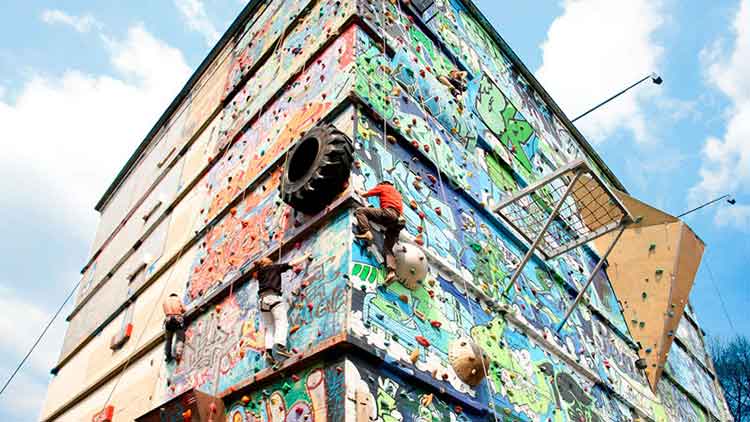
© VJU
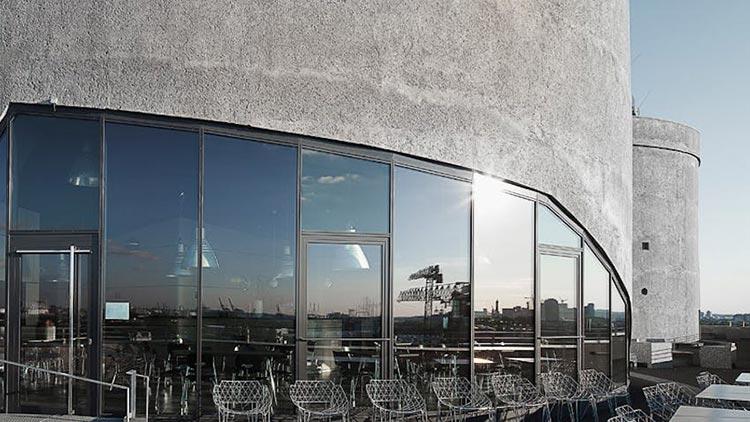
Especially in terms of sustainability, the Hochbunker in the Wilhelmsburg district plays an exciting role in the bunker trio: better known as the “Energy Bunker”, the World War II relic is now a regenerative power plant with large-scale heat storage and supplies around 3,000 households with heat and around 1,000 households with electricity. There is also a café, VJU, which can also be hired for events or company celebrations. Guided tours of the power plant are also possible.
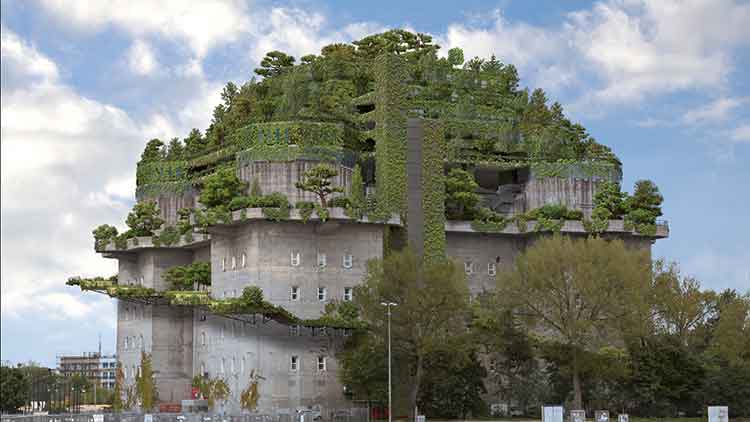
© Mövenpick Hamburg
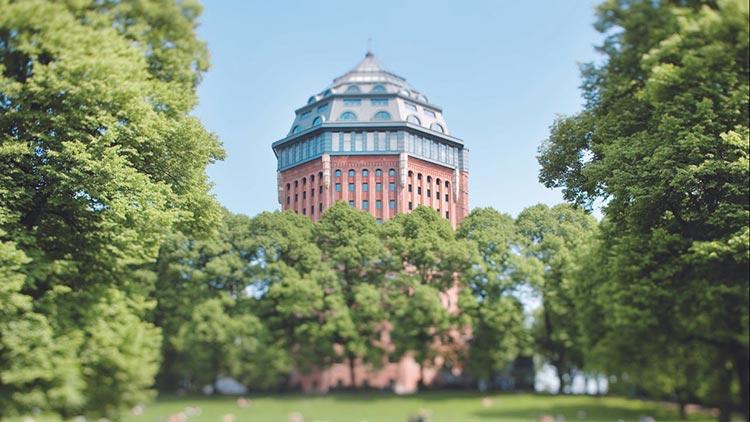
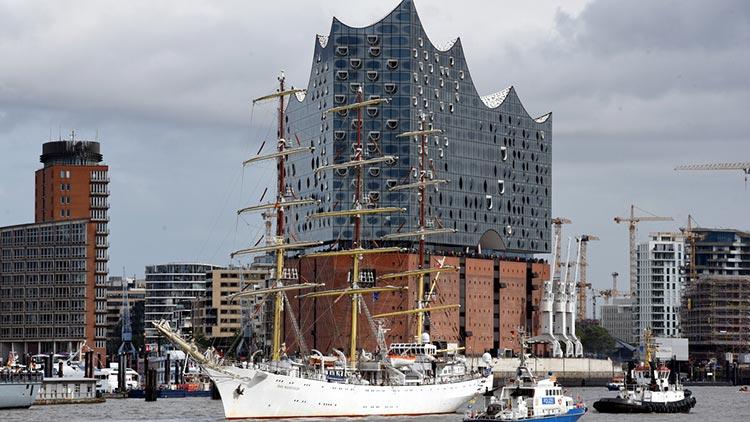
However, the most well-known after-use is certainly our landmark, the Elbphilharmonie Hamburg. This is because the imposing building stands on the old Kaispeicher A. The former warehouse has its roots as early as 1875, but was rebuilt on the same site in 1963 after being destroyed in the Second World War. With the subsequent use, the opportunity arose to bring the Elbphilharmonie to life as a widely visible beacon of the city in the middle of the harbour area.